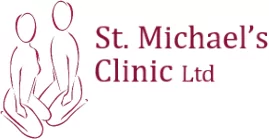Award winning dermatology service, with over 20 years on experience
Short waiting lists, on some occasions offering same week appointments
Safe environment, in Care Quality Commission approved facilities
Mole Treatments Include:
mole specialist advice In SHREWSBURY
A mole is a small coloured spot on the skin which is made up of a cluster of cells known as melanocytes which are responsible for producing the pigment in your skin. Occasionally these melanocytes grow in a cluster instead of being spread out which results in the formation of a mole.
Moles are typically brown in colour, although they can also be much darker, or may even be skin coloured. They can either be flat or raised, rough or smooth, and some may have hair growing from them. Many people also find that their moles change and respond to hormonal changes, for example during pregnancy moles may get darker, puberty may cause more moles to appear, and from around the age of 40 to 50 they may begin to fade away and disappear.
Alternative names: naevus, nevus, junctional naevus, compound naevus, intra-dermal naevus, congenital melanocytic naevus, halo naevus, atypical naevus, dysplastic naevus, epidermal naevus, naevus sebaceous, naevus lipomatosus superficialis.
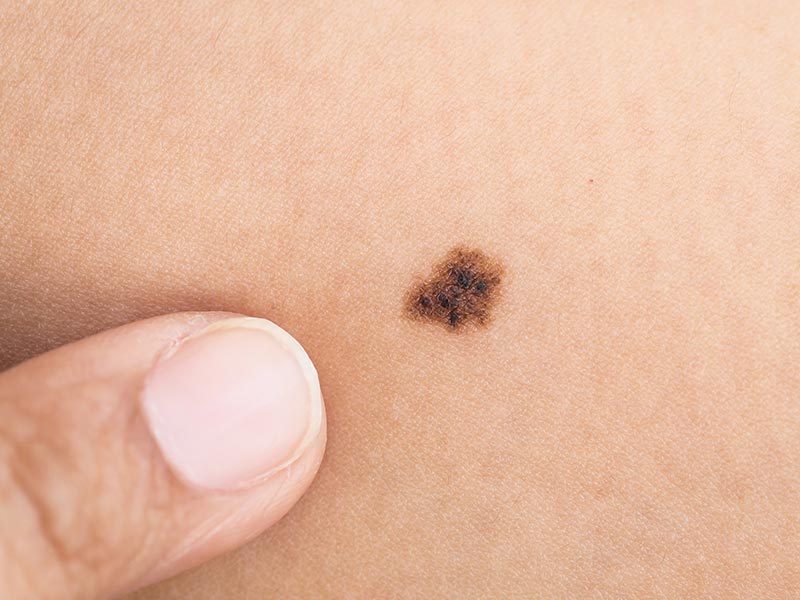
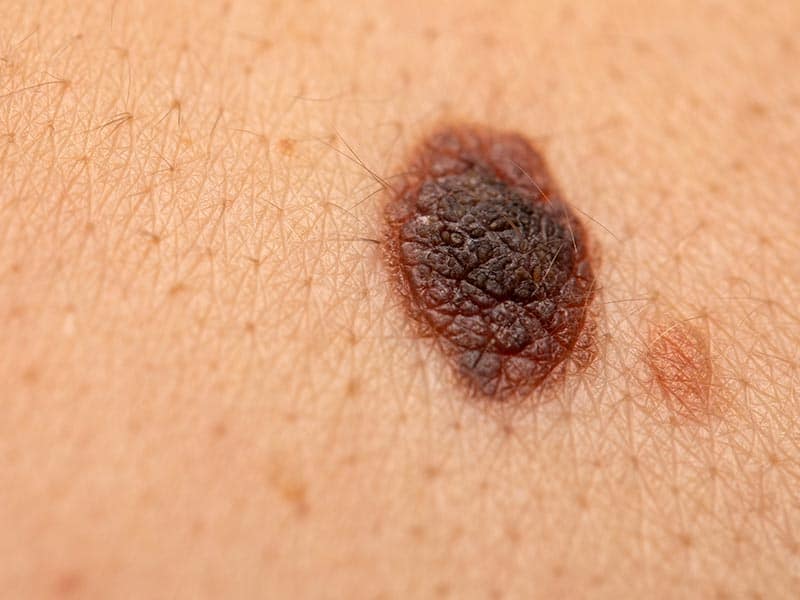
HOW CAN MOLES BE REMOVED?
Moles can be removed in different ways, depending on the location and appearance of the mole. The treatment options available to you will be discussed during your consultation with one of our consultant dermatologists. Some of the treatment options for mole removal at The Harley Street Dermatology Clinic includes:
MOLE REMOVAL
Some moles can be removed by laser treatment and if this option suits your condition you will be advised at the consultation. Laser mole removal is best suited for small moles and is a good option when the mole is on the face as there is less risk of scarring. This treatment to remove moles works by using intense bursts of light radiation to remove the cells which make up the moles and usually takes a couple of treatments to completely remove the mole.
SHAVE REMOVAL
Moles can be removed from the face and body using a shave removal technique which involves removing the mole using a scalpel. The treatment area will be numbed with anaesthesia and a small pink mark may be left where the mole once was, but this should fade over time.
EXCISION REMOVAL
Excision mole removal works by completely removing the mole by cutting it out, along with a small area of surrounding healthy tissue. This treatment is usually used to find out if the mole is cancerous. The area is treated with local anaesthetic and then the mole itself is removed along with a small area of normal skin. The wound is either stitched up or a skin graft is used to connect a patch of healthy skin from a hidden part of the body to the affected area.
Even if you’re having your moles removed purely for cosmetic reasons, we recommend that a histological analysis be carried out in order to identify any potentially dangerous cases that may require further treatment. When it comes to skin cancer, getting an accurate diagnosis is important, having your moles removed by a member of our specialist dermatology team will ensure that your mole will be removed quickly and efficiently.
FREQUENTLY ASKED QUESTIONS
HOW SHOULD I CHECK MY MOLES?
Most moles are completely harmless, but it’s important to check your skin regularly so that you can spot any changes in size, shape, or colour early and get them checked out.
The things to look out for when you’re checking your moles include:
- Colour: Uneven colours or changes in colour; most moles are just one colour, but melanomas are made up of lots of different shades.
- Size: Healthy moles don’t generally change size, so if you notice a mole getting bigger it’s important to have it checked out
- Edges: Most moles are usually circular or oval with smooth edges, so if your mole develops a rough or uneven edge it could indicate something more serious
- Irritation: Most moles will sit on your skin and not cause any problems, but if they turn red, start to itch, bleed, become inflamed or crusty see a specialist
A change in the size and shape of your moles doesn’t necessarily mean that you have developed melanoma; there are a variety of other reasons why your moles may be behaving that way. The most important thing to remember is to check your moles regularly, and if you are worried about any of your moles make an appointment to see a member of our team of dermatology specialists.
HOW OFTEN DO I NEED MY MOLES CHECKING?
We recommend an annual review of your moles to identify any changes which may have occurred since your last appointment. However those at risk of skin cancer might need to be seen more frequently than this. We will send you a reminder to book your annual check. If you notice any changes to your moles between appointments, please contact us to book a mole check appointment.
HOW DO I KNOW WHICH MOLE REMOVAL TREATMENT IS RIGHT FOR ME?
During your consultation with a consultant dermatologist, your mole will be assessed and the right treatment option will be recommended for you. This will depend on the assessment and location of the mole.
MOLE TREATMENT PRICE
REQUEST A CALL BACK
Please fill in this form and one of our team will give you a call back to arrange a consultation with one of our expert dermatologists.
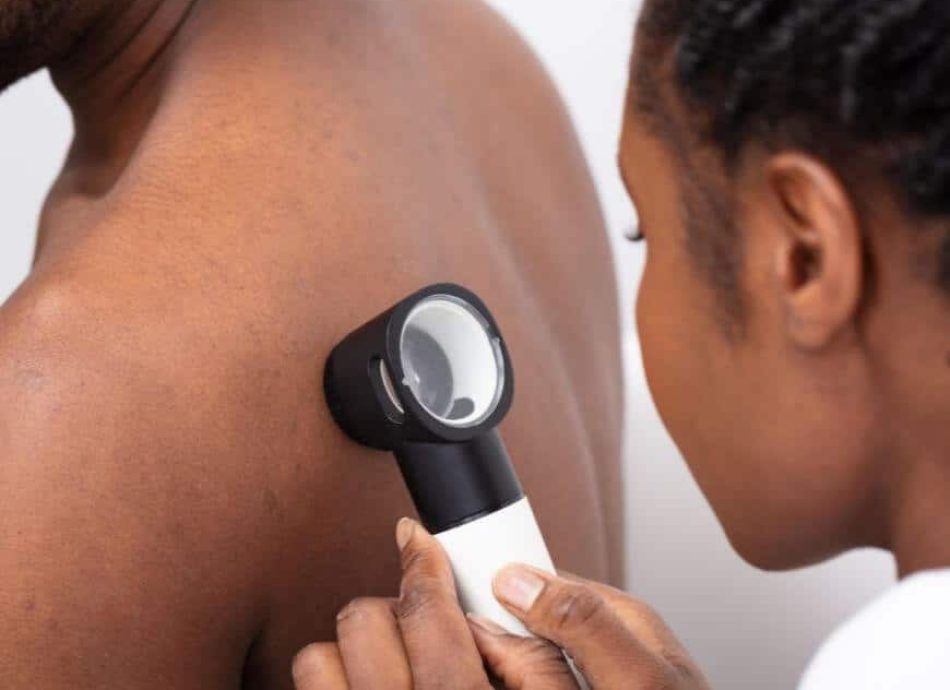
HEAR FROM OUR PATIENTS
WHY CONSULT A mole specialist AT St michael's CLINIC?
At St Michael’s Clinic, we have a team of highly trained Consultant dermatologists, who have completed specialist training in Dermatology and are on the specialist register of the General Medical Council. All our consultants hold substantive contracts with the best Dermatology centres in leading NHS hospitals. Therefore, you can be certain of the highest quality private care.
We offer a range of treatments and can offer one, or a combination of treatments to achieve the best results. Unlike many other clinics, we can offer diagnosis and treatment all under one roof by expert consultant dermatologist, so you know you’ll be in safe hands.
Mole INSIGHTS AND ADVICE

The Ultimate Manual to Skin Protection – Deciphering SPF
Using Sunscreen for Optimal Protection Understanding the SPF label on skincare items can feel confusing, especially for those unfamiliar with skincare. Fear not, we’re here to guide you. This comprehensive guide will delve into SPF’s role in skincare, how to select the right SPF and

Exploring Varicose Veins: Recognising, Managing and Preventing
Varicose veins portray themselves as twisted, enlarged veins that can disrupt the allure of your legs and incite discomfort. They are a common concern, specially as we get older. To manage and potentially alleviate the problems they present, understanding varicose veins is essential. In our
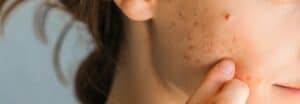
Revealing the Truth About Acne: A Comprehensive Review for Acne Awareness Month
June is globally celebrated as Acne Awareness Month, offering a platform to shed light on one of the world’s most universal skin disorders. The main purpose of this month is to emphasise the importance of knowledge, support and accessible remedies for individuals grappling with acne.
